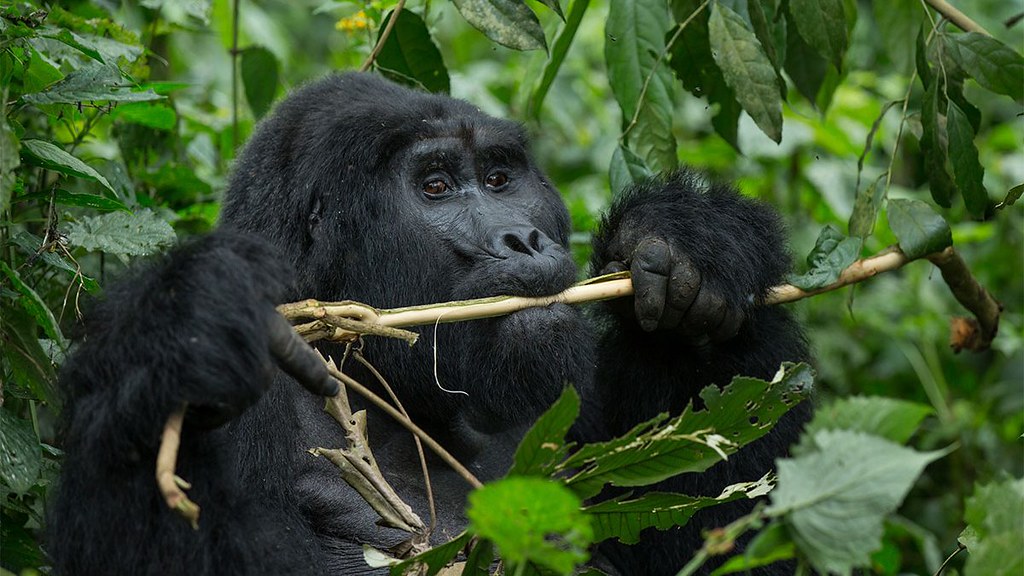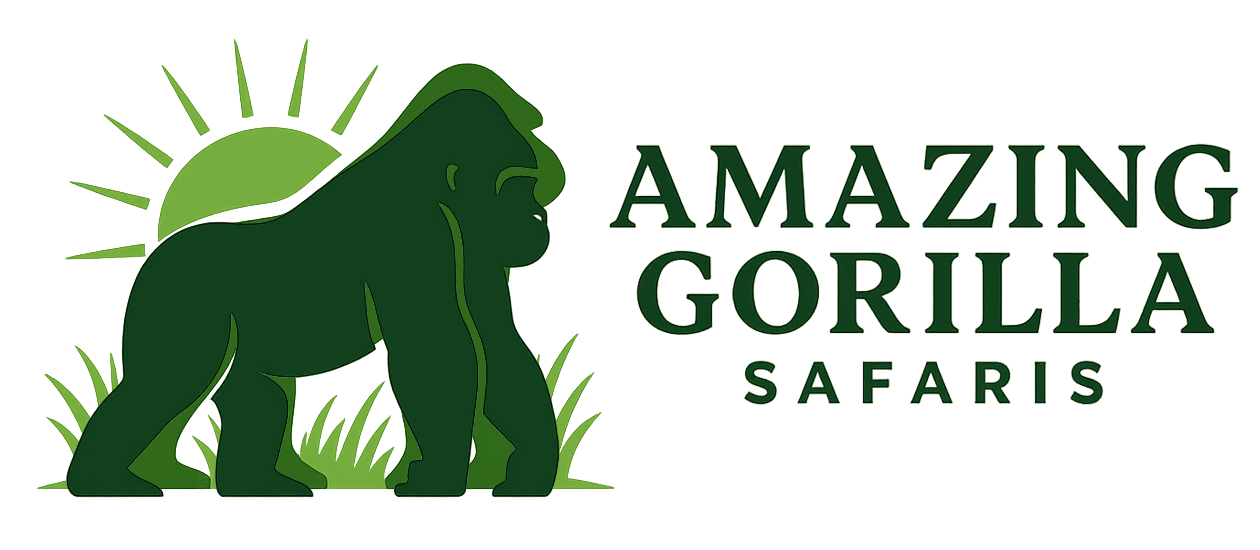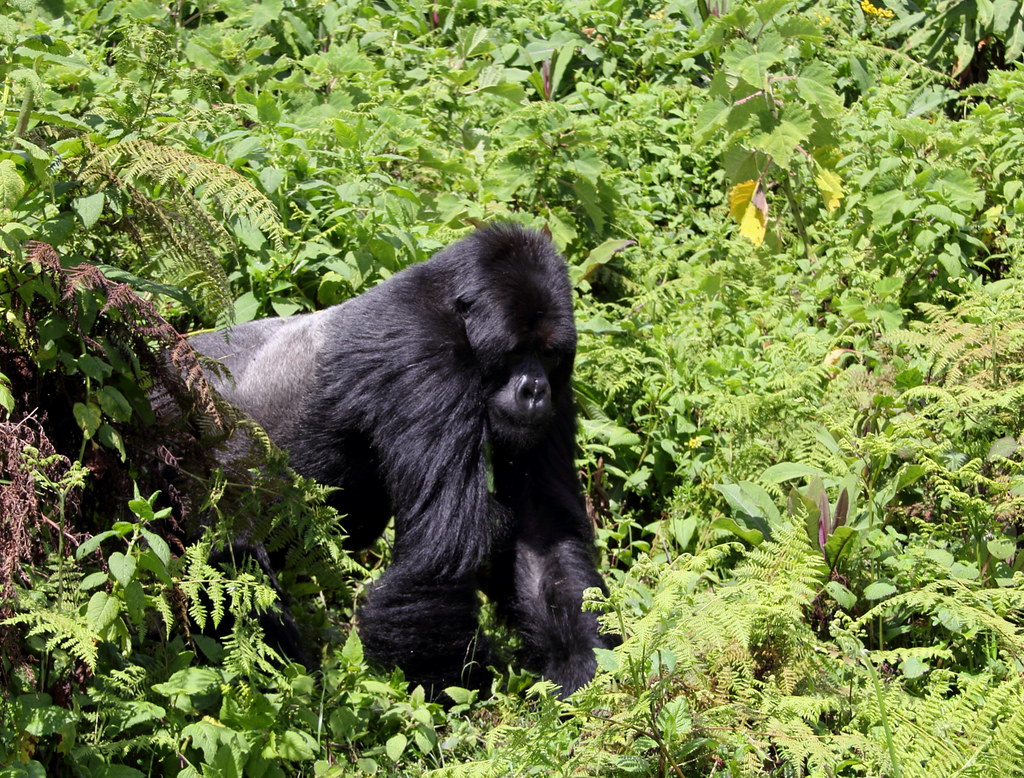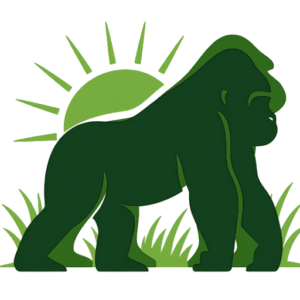How to Prepare for the Adventure of a Lifetime
Gorilla trekking is one of the most extraordinary wildlife experiences you can have — hiking through lush, misty mountains to meet the majestic mountain gorillas in their natural home.
But as thrilling as it is, gorilla trekking is also physically demanding, and many travelers wonder just how fit they need to be. If you’re planning this once-in-a-lifetime adventure, understanding what level of fitness is required and how to prepare can make your experience much more enjoyable.
Here’s everything you need to know about gorilla trekking fitness and tips to get ready for the journey.
How Fit Do You Need to Be for Gorilla Trekking?
Gorilla trekking doesn’t require you to be an athlete, but it does demand a reasonable level of fitness and stamina. You’ll be hiking through mountainous terrain, often on steep, muddy, and uneven trails, at altitudes of 2,200 to 3,000 meters (7,200–9,800 feet).
The duration of your trek depends on where the gorilla family is located that day — it can take anywhere from 30 minutes to over 5 hours one way. Some families stay closer to the trailhead, while others move deeper into the forest.
If you can comfortably walk or hike for several hours over hills and rough ground, you should be able to manage. That said, the more prepared you are, the easier and more enjoyable the experience will be.
 Why Fitness Matters
Why Fitness Matters
The better your fitness, the more energy you’ll have to enjoy the trek and the magical moment with the gorillas. Being in shape also lowers your risk of fatigue and injury on the trail.
Since the air is thinner at high altitudes, even mild exertion can feel more tiring if you’re not accustomed to it. This is why it’s important to prepare both your cardiovascular fitness and your leg strength before your trip.
How to Prepare for Gorilla Trekking
Start Walking and Hiking Regularly
Begin a walking or hiking routine a few months before your trek. Aim for 30–60 minutes at least 3–4 times a week. Include some hilly or uneven trails if possible to mimic the terrain you’ll encounter.
Build Strength and Endurance
Focus on strengthening your legs, core, and back — these muscle groups help you climb, balance, and carry yourself over rough terrain. Squats, lunges, stair climbing, and planks are all excellent exercises to include.
Improve Your Cardio
Cardiovascular fitness is crucial for keeping up your stamina. Activities like brisk walking, jogging, swimming, or cycling are great ways to build your endurance.
Practice Carrying a Daypack
On the day of your trek, you’ll be carrying essentials like water, snacks, and rain gear. Practice walking with a small backpack so you’re used to the added weight.
What If You’re Not Very Fit?
Don’t worry if you’re not in peak condition — park rangers and guides are very experienced at managing groups of varying fitness levels. You can request to be assigned to a gorilla family that’s closer to the park entrance.
You can also hire a porter at the park headquarters. Porters are incredibly helpful — they carry your bag, lend a hand on steep or slippery sections, and allow you to focus on the experience.
Mind Over Matter
Mental preparedness is just as important as physical fitness. The trek can feel long and challenging at times, but keeping a positive mindset and focusing on the incredible goal ahead — meeting the gorillas — makes all the difference.
00Gorilla trekking is a challenging but incredibly rewarding adventure. With some preparation and the right mindset, almost anyone in reasonable health can do it.
So, start getting ready now, and by the time you hit the misty trails of Bwindi or Volcanoes National Park, you’ll be in the best shape to enjoy every step of your journey to see the gentle giants of the forest.





